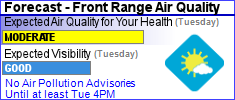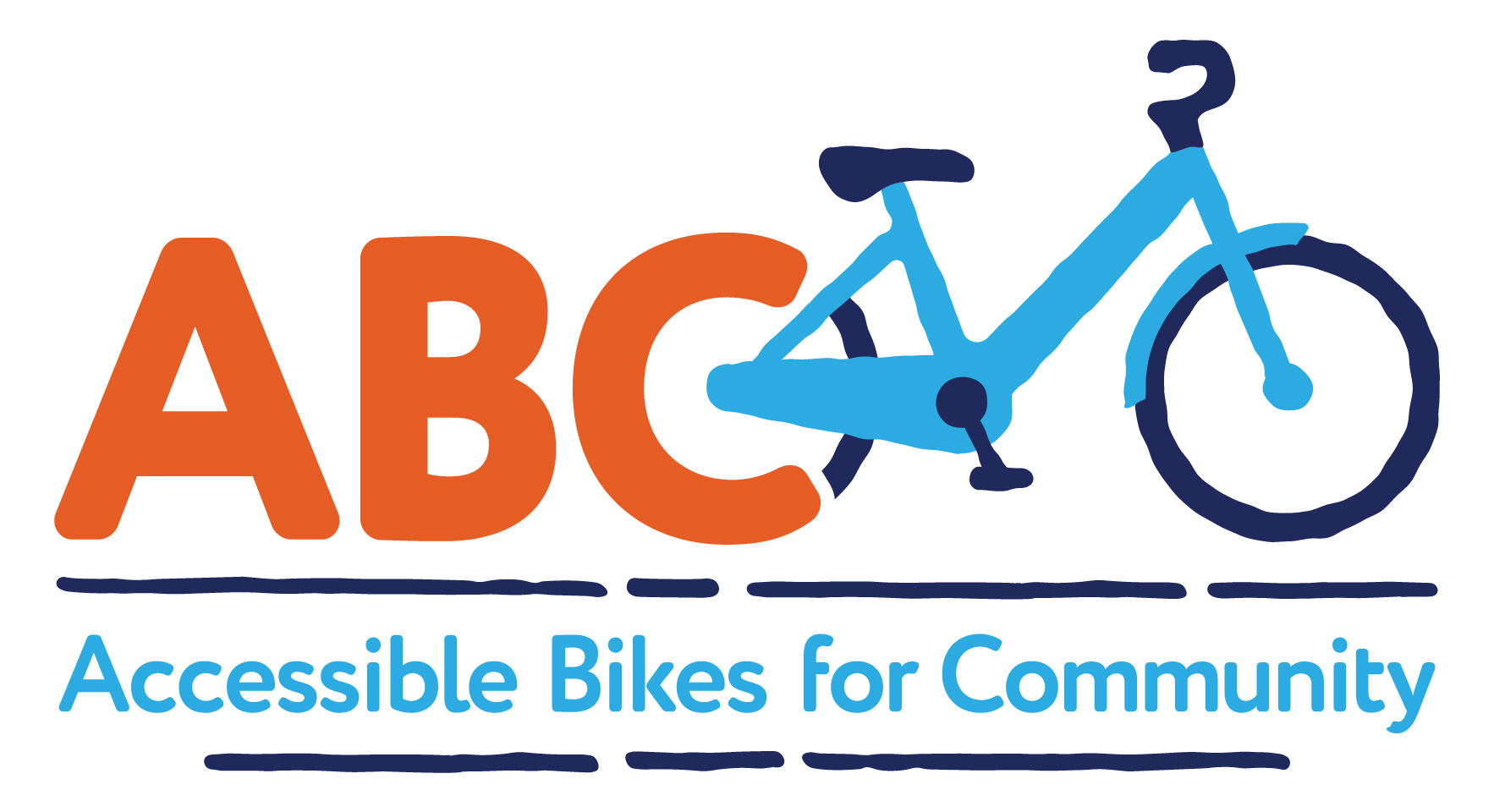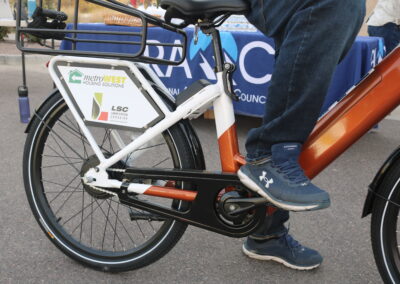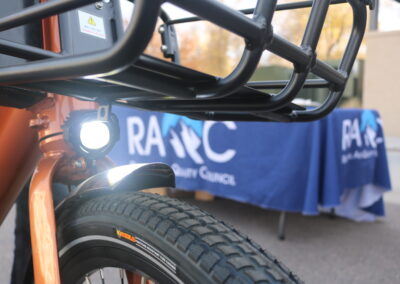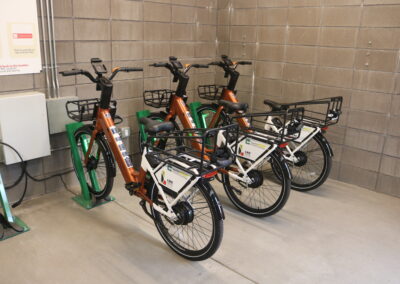
Micromobility Program
Micromobility offers a powerful, practical, and equitable pathway to reduce vehicle emissions while improving quality of life across the Denver Metro/North Front Range region. As communities search for alternatives to single-occupancy vehicle travel, micromobility—particularly electric bicycles and scooters—stands out as a strategy that produces immediate and measurable air-quality benefits.
A Multi-Benefit Transportation Solution
Micromobility provides advantages far beyond cleaner air and reduced tailpipe emissions:
• Improved Community Health
Active transportation modes like e-biking increase daily physical activity, reduce stress, and support cardiovascular health. Even short micromobility trips can help replace sedentary time with movement—benefiting both individual and community wellness.
• Affordable Transportation for All
The cost of purchasing, maintaining, fueling, and insuring a personal vehicle continues to rise. Micromobility offers a low-cost alternative for short trips, giving residents—especially low-income and zero-car households—access to reliable transportation without the financial burden of car ownership.
• Fun, Flexible Mobility
Micromobility enables people to experience their community in a more personal way. It allows faster travel than walking while maintaining the freedom to explore local businesses, parks, services, and transit connections. For many riders, micromobility isn’t just transportation—it’s a joy.
Persistent Barriers Limit Access
Despite its benefits, many communities face structural barriers that prevent residents from enjoying the full advantages of micromobility. These include:
• High Upfront Costs
Personal e-bikes and scooters remain financially out of reach for many households. Even with rebates or discounts, the cost can exceed what low-income residents can afford.
• Technology & Payment Barriers
Shared micromobility systems often require smartphones, data plans, apps, and credit cards—introducing challenges for older adults, youth, low-credit households, and anyone without consistent access to banking.
• Limited Geographic Coverage
Many communities lack consistent availability of shared devices. Riders cannot rely on these systems if bikes and scooters are not present in their neighborhoods or if stations fluctuate seasonally.
• Safety & Infrastructure Gaps
Low-income communities, in particular, may lack protected bike lanes, safe crossings, or adequate lighting, making micromobility less accessible and less safe.
These inequities often mirror existing transportation and environmental justice disparities—meaning the people who stand to benefit most from affordable, low-emission mobility frequently have the hardest time accessing it.
Why RAQC’s Micromobility Program Matters
The RAQC’s micromobility programs— e-bike library expansions —are specifically designed to overcome these barriers.
The program strategically:
• Reduces VMT and ozone-forming emissions by shifting short trips away from cars.
• Serves communities where transportation cost burdens are highest, providing direct support to households that would most benefit from affordable mobility options.
• Builds long-term behavioral shifts through outreach, education, and community-based support.
• Helps communities comply with federal and state air-quality requirements, contributing measurable reductions in VOC, NOx, and PM emissions.
Every new micromobility rider represents one fewer car trip on the road—an important outcome for a region struggling with ozone challenges.
A Forward-Looking Investment in Clean Air
By investing in micromobility now, the RAQC is helping to build a transportation ecosystem where clean, affordable, flexible mobility is accessible to every resident. These programs support regional goals across air quality, climate, equity, and public health—and create long-term pathways for communities to thrive.
For more information about the Program
Please contact:
Jacob LaBure, Program Manager
jlabure@raqc.org

